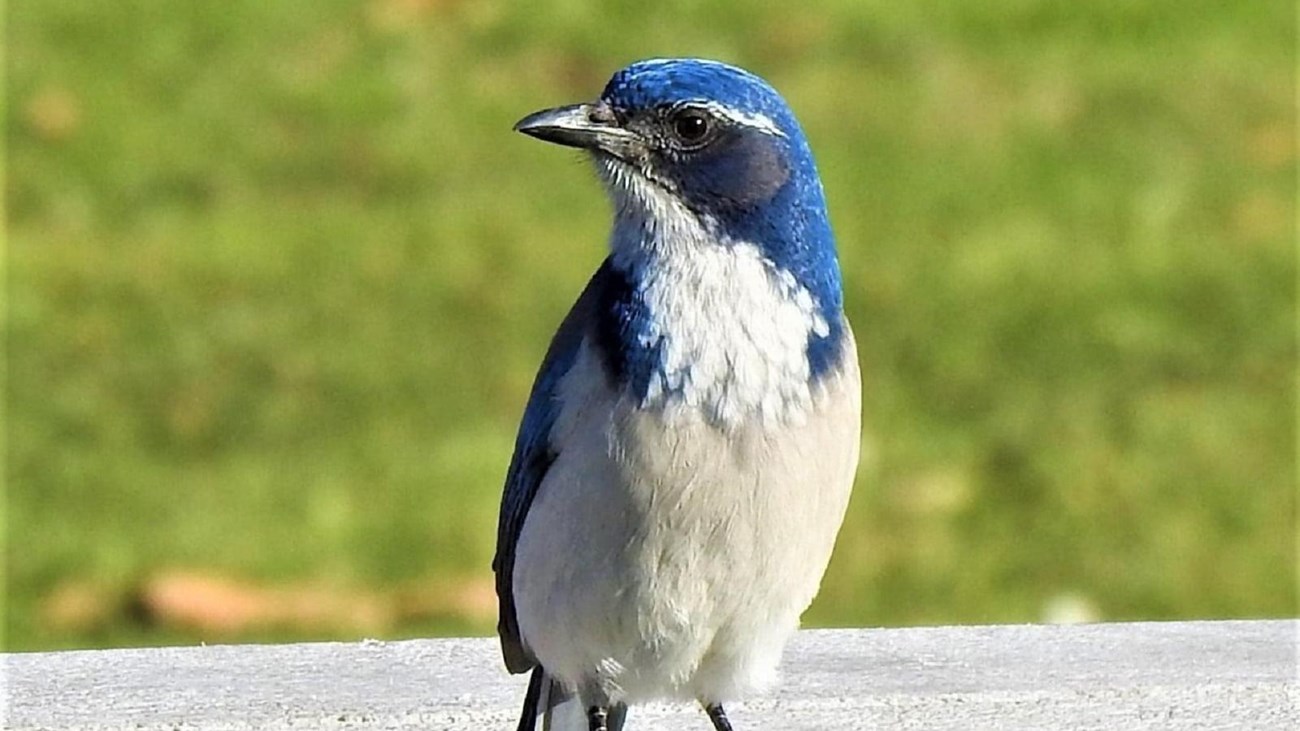|
Today, Fort Vancouver is located in the heart of the community and surrounded by many commercial, industrial, residential, and aviation developments. The widespread expansion of the activities that the Hudson's Bay Company started more than 180 years ago has left little room for native wildlife, but some species persist in this highly altered environment. Given the urbanized nature of the habitat of the park, terrestrial habitat for wildlife is somewhat limited. The trees, meadows, orchard, garden, and waterfront areas each provide limited habitat for wildlife generally passing through the area of the park.

Birds
Learn more about birds and birding at Fort Vancouver National Historic Site. | |||||||||||||||||||||||||||||||||||||||||||||||||||||||||||||||||||||||||||||||||||||||||||||||||||||||||||||||||||||
Last updated: April 7, 2021
